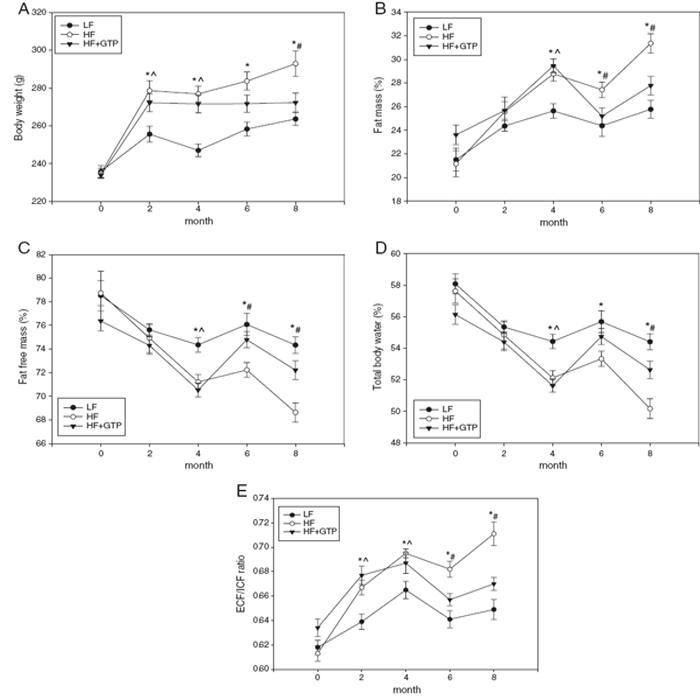Healthcare Engineering
Obesity and Osteoporosis
Obesity and osteoporosis, two disorders of body composition, are growing in high proportion worldwide. Interestingly, both obesity and osteoporosis share several common features, including a genetic predisposition and common progenitor cell. Many epidemiological studies have highlighted the interrelation between obesity and osteoporosis as well as the impact of obesity on osteoporosis. Animal studies have also shown a relationship between obesity and poor bone quality, as determined by decreased microarchitectural and biomechanical properties. This study investigates the effects of various dietary supplements and physical interventions on body weight control and bone properties in obese rats. Body composition including fat mass (FM), fat-free mass (FFM), total body water (TBW), extracellular fluid (ECF), and intracellular fluid (ICF) were measured by Bioimpedance Spectroscopy (ImpediVET). Bone parameters [femoral bone area, mineral content (BMC) and density (BMD)] were measured by dual-energy x-ray absorptiometry.
The figures below show body weight (A), FM (B), FFM (C), TBW (D), and ECF/ICF ratio (E) in female rats supplemented with green tea polyphenols (GTPs) in drinking water for 4 months. Values are means (n=10-12) with the standard error of the mean (SEM) represented by vertical bars. *P < .05 between the low-fat (LF) diet and high-fat (HF) diet groups; #P < .05 between the HF and HF+GTP groups; ^P < .01 between the LF and HF+GTP groups.

Department of Mechanical Engineering
-
Address
Texas Tech University, Box 41021 | Lubbock, TX 79409 -
Phone
806.742.3563 -
Email
mechanical.engineering@ttu.edu
